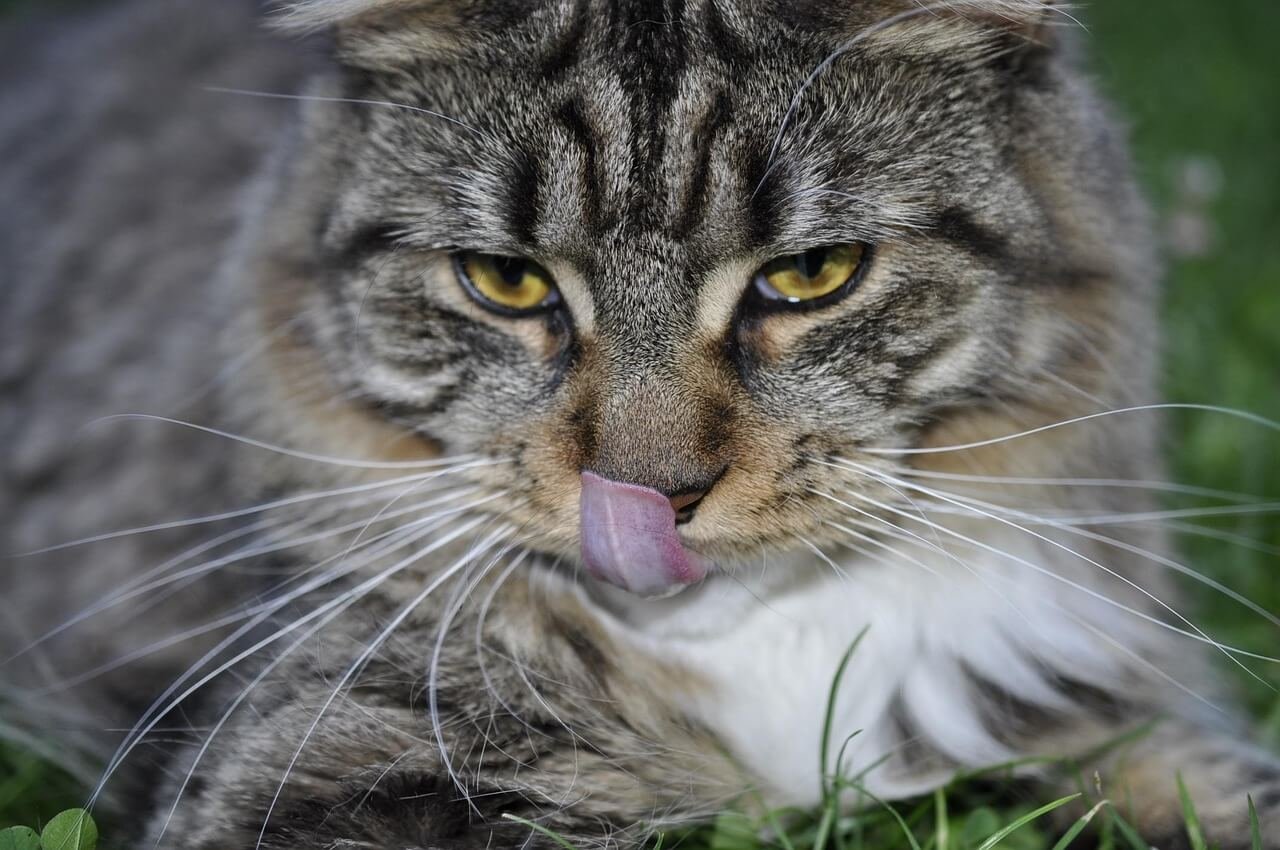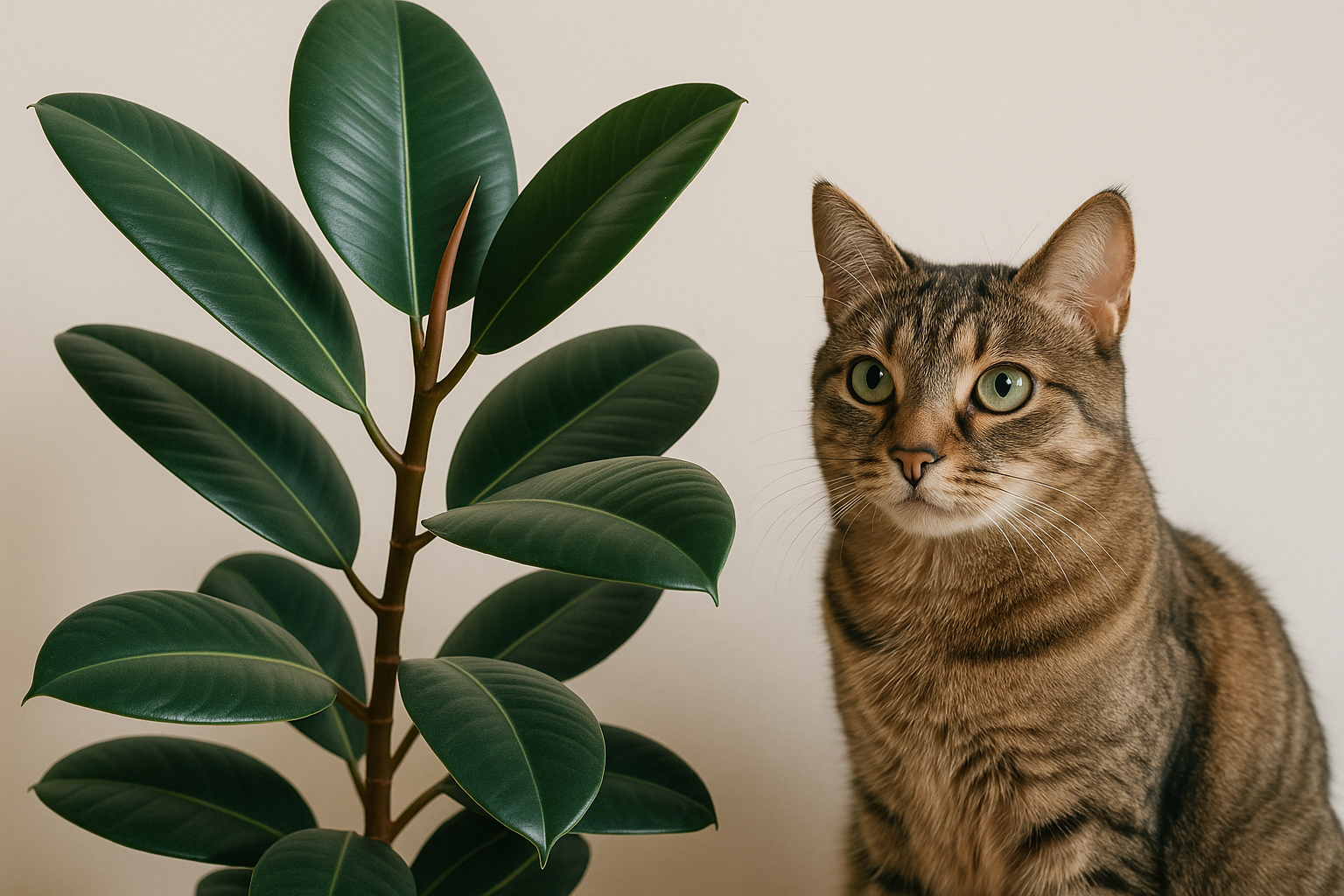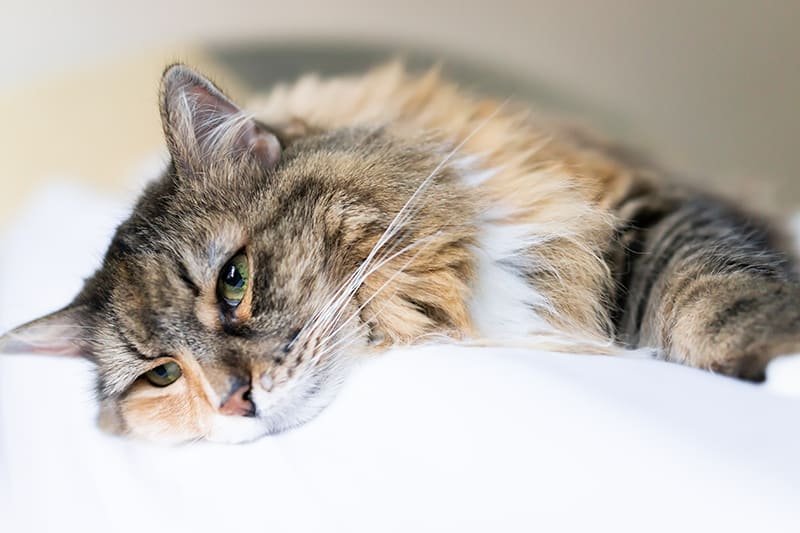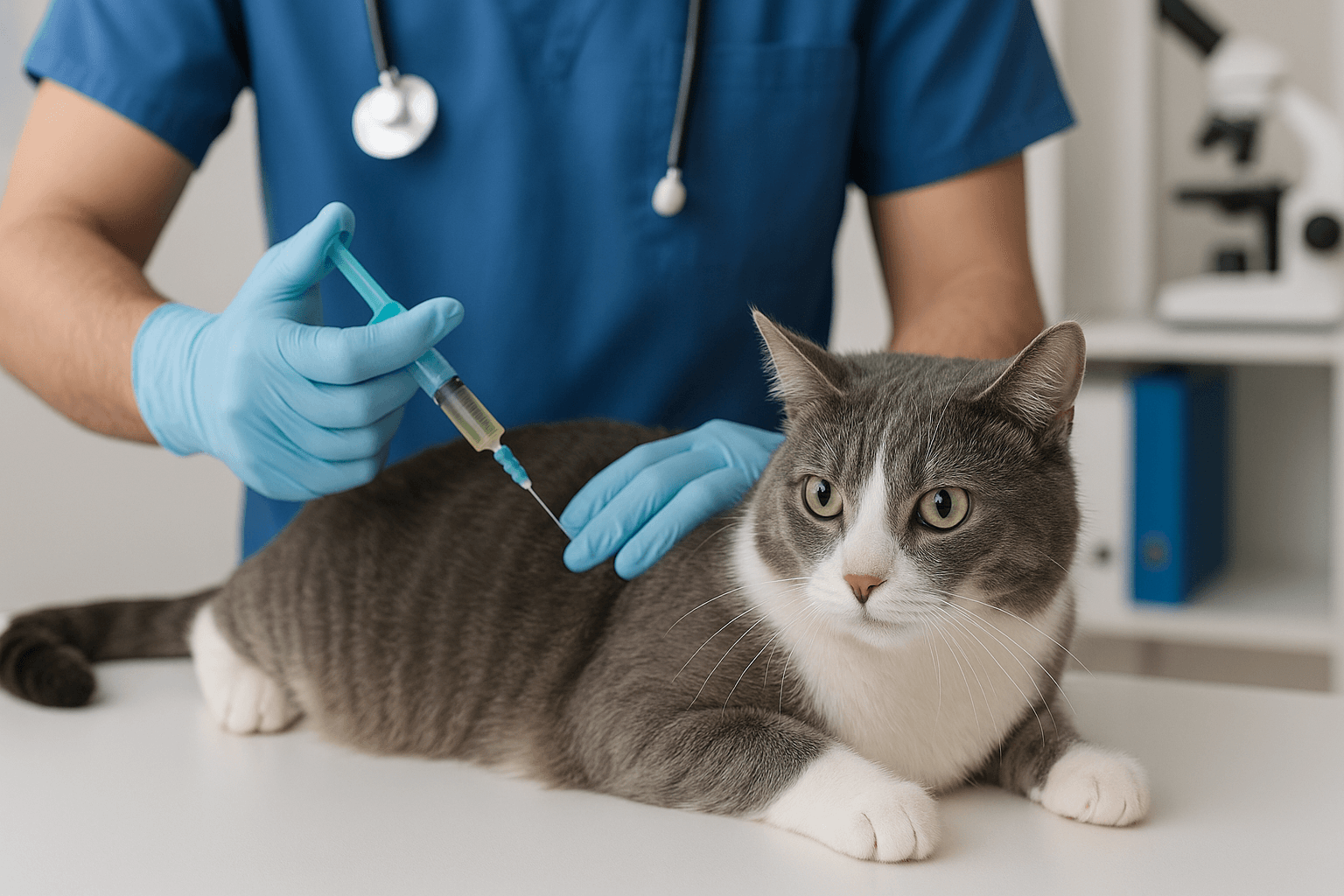Cat-Safe Ant Repellent: Keeping Your Home Pest-Free and Feline-Friendly
Ants are a common household nuisance, but when you share your home with a curious feline, finding safe solutions to keep these tiny invaders at bay becomes even more important. Traditional ant repellents often contain chemicals that can be harmful to cats, making it essential to explore pet-safe alternatives. Fortunately, there are plenty of cat-safe ant repellents that effectively deter ants without compromising your furry friend’s health. In this guide, we’ll explore natural remedies, preventive measures, and practical tips to help you maintain a pest-free environment while keeping your cat happy and healthy.
Top Natural Cat-Safe Ant Repellents
When it comes to repelling ants safely, nature provides some of the best solutions. These natural ingredients are effective, non-toxic, and safe for your cat to be around.
Diatomaceous Earth (Food Grade):
This powdery substance is made from fossilized algae and works by dehydrating ants. Sprinkle it along entry points, ensuring it’s out of reach of your cat’s paws.Vinegar and Water Spray:
Mix equal parts of white vinegar and water in a spray bottle. Use it to wipe down surfaces where ants are present. The strong scent disrupts their trails.Cinnamon Powder or Essential Oil:
Cinnamon acts as a natural deterrent due to its strong aroma. Sprinkle ground cinnamon near entry points or dilute cinnamon oil with water for a spray solution.Lemon Juice:
Ants dislike the smell of citrus. Squeeze fresh lemon juice along windowsills, doorways, and other ant pathways to create a natural barrier.Coffee Grounds:
Used coffee grounds not only repel ants but also serve as an eco-friendly way to dispose of kitchen waste. Place them near areas where ants enter your home.
These natural remedies offer a safe and effective way to keep ants away without exposing your cat to harmful chemicals.
Preventive Measures to Keep Ants Out of Your Home
Prevention is key to maintaining an ant-free environment. By addressing the root causes of infestations, you can reduce the likelihood of ants entering your home in the first place.
Seal Entry Points:
Inspect your home for cracks, gaps, and crevices where ants might enter. Seal these areas with caulk or weatherstripping to block their access.Store Food Properly:
Keep pantry items in airtight containers and clean up crumbs or spills immediately. Ants are attracted to food sources, so eliminating them reduces temptation.Maintain Cleanliness:
Regularly clean countertops, floors, and pet feeding areas. Even small traces of food can attract ants into your home.Trim Vegetation Away from the House:
Overgrown plants or branches can act as bridges for ants. Trim them back to create a buffer zone between your home and outdoor ant colonies.Use Cat-Safe Baits Outside:
Place pet-safe ant baits outside your home to target colonies before they make their way indoors. Always follow instructions carefully.
By implementing these preventive measures, you can minimize the chances of an ant invasion while ensuring your home remains safe for your cat.
Check this guide 👉Is the Corn Plant Cat Safe? Best 7 Health Tips!
Check this guide 👉Are Tulips Cat Safe? Best 7 Expert Tips!
Check this guide 👉Cat-Safe Ice Cream: Best 7 Expert Tips!
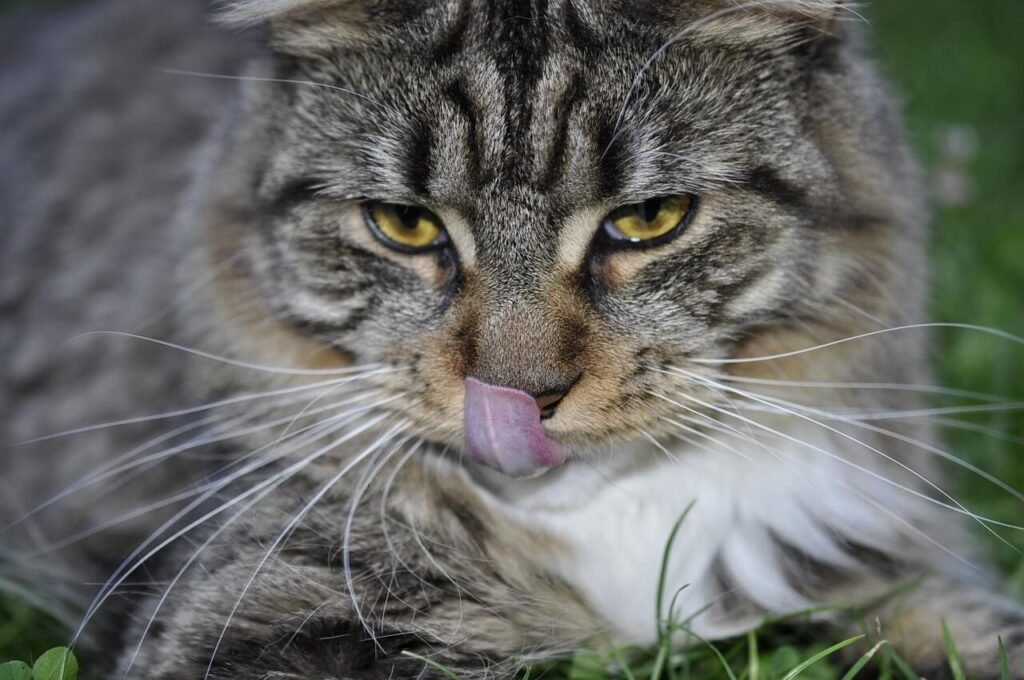
Natural Ingredients for Ant Repellents | Where to Apply Them Safely |
|---|---|
Diatomaceous Earth | Along baseboards, window sills, doors |
Vinegar and Water Spray | Countertops, floors, and entry points |
Cinnamon Powder | Near cracks, crevices, and doorways |
Lemon Juice | Windowsills, kitchen counters, sinks |
Coffee Grounds | Outdoor entry points, garden borders |
How to Use Essential Oils as Cat-Safe Ant Repellents
Essential oils are popular for their aromatic properties and ability to repel insects. However, not all essential oils are safe for cats, so it’s crucial to choose wisely and use them correctly.
Peppermint Oil:
Peppermint has a strong scent that repels ants. Mix 10-15 drops with water in a spray bottle and apply it sparingly around your home.Tea Tree Oil:
Known for its antibacterial properties, tea tree oil also deters ants. Dilute it heavily before using, as concentrated forms can irritate cats.Eucalyptus Oil:
Eucalyptus oil is another effective option. Combine it with water and spray it on non-porous surfaces away from your cat’s reach.Avoid Toxic Oils:
Certain oils like clove, thyme, and oregano are toxic to cats. Stick to cat-safe options like peppermint and eucalyptus to avoid harm.Test Small Areas First:
Before applying any essential oil solution, test it on a small area to ensure it doesn’t damage surfaces or leave behind lingering scents.
Using essential oils responsibly allows you to harness their ant-repelling benefits while prioritizing your cat’s safety.
Signs Your Ant Problem May Be Harmful to Cats
While most ants pose little direct threat to cats, some species or infestations can create risks that require immediate attention. Recognizing these signs helps protect your pet.
Fire Ants Indoors:
Fire ants deliver painful bites that can irritate your cat’s skin. If you spot fire ants inside, take action quickly to remove them.Chemical Residue from Traps:
Non-cat-safe ant traps or sprays may leave residues that your cat could ingest during grooming. Switch to pet-friendly alternatives if needed.Increased Licking or Scratching:
If your cat begins licking or scratching excessively after exposure to ants, consult your veterinarian to rule out allergic reactions.Unusual Behavior Around Food Bowls:
Ants congregating near your cat’s food bowl can contaminate their meals. Clean the area thoroughly and relocate the bowl if necessary.Visible Infestations:
Large numbers of ants indicate a significant problem that requires professional intervention to prevent further complications.
Being aware of these warning signs ensures your cat remains safe and comfortable despite the presence of ants.
Common Mistakes to Avoid When Using Ant Repellents
Even with good intentions, mistakes can happen when trying to repel ants while keeping cats safe. Avoiding these errors ensures better results and protects your pet.
Overusing Essential Oils:
Excessive use of essential oils can overwhelm your cat’s sensitive respiratory system. Use them sparingly and in well-ventilated areas.Placing Traps Within Reach:
Poisoned bait traps placed too close to your cat’s play or eating areas pose serious risks. Always position them strategically and securely.Neglecting Regular Cleaning:
Failing to clean regularly allows ants to establish trails and colonies indoors. Stay vigilant about tidying up to deter infestations.Assuming All Remedies Are Safe:
Just because something is labeled “natural” doesn’t guarantee it’s safe for cats. Research every ingredient thoroughly before use.Ignoring Professional Help:
If DIY methods fail, don’t hesitate to call pest control experts who specialize in pet-safe treatments.
Avoiding these mistakes ensures a safer and more effective approach to managing ants in your home.
Benefits of Combining Multiple Repellents
Using multiple repellents together can enhance their effectiveness and provide comprehensive protection against ants. Here’s how combining methods can benefit your cat-safe strategy.
Layered Defense Against Infestations:
Pairing natural sprays with physical barriers like diatomaceous earth creates overlapping layers of protection.Targeting Different Species:
Some repellents work better against specific types of ants. Using a mix increases your chances of deterring various species.Reducing Reliance on Single Solutions:
Depending solely on one method may lead to resistance or ineffectiveness over time. Diversifying strengthens your overall plan.Enhanced Coverage Across Areas:
Apply different repellents in various locations, such as kitchens, bathrooms, and outdoor spaces, for broader coverage.Customizing Based on Needs:
Tailor combinations to suit your home’s layout and the severity of your ant problem for optimal results.
Combining repellents offers a dynamic and adaptable approach to keeping ants at bay.
How to Involve Your Cat in Pest Prevention
Believe it or not, your cat can actually help in keeping ants away—if you encourage their natural behaviors in a controlled manner. Here’s how to involve your feline friend in pest prevention.
Encourage Play Near Entry Points:
Cats love chasing bugs. Letting your cat explore areas where ants enter can scare them off naturally.Provide Scratching Posts Near Problem Spots:
Scratching posts placed near ant-prone areas can distract your cat and prevent ants from settling nearby.Reward Curiosity Toward Pests:
Positive reinforcement, like treats or praise, encourages your cat to investigate and deter ants without harming them.Keep Toys Accessible:
Interactive toys near windows or doors engage your cat’s hunting instincts, indirectly helping with pest control.Monitor Their Safety:
While involving your cat, ensure they don’t come into contact with harmful substances or aggressive ant species.
Involving your cat adds an extra layer of defense while strengthening the bond between you and your furry helper.
Is the Rubber Tree Cat Safe? Best 7 Expert Tips! Discover expert advice on keeping rubber plants safely in cat-friendly homes and learn top tips for pet-safe plant care.
Low Red Blood Cell Count in Cats: Best 7 Expert Tips! Discover causes, symptoms, and treatment options for feline anemia. Learn how to support your cat’s health effectively with expert advice.
Understanding Megacolon Treatment: Best 7 Expert Tips! Discover effective strategies to manage feline megacolon, from dietary changes to surgical options, ensuring your cat’s comfort and long-term health.
How to Register a Therapy Cat: Best 7 Expert Tips! Discover essential steps to certify your cat as a therapy animal, prepare them for training, and make a meaningful impact in therapeutic settings.

